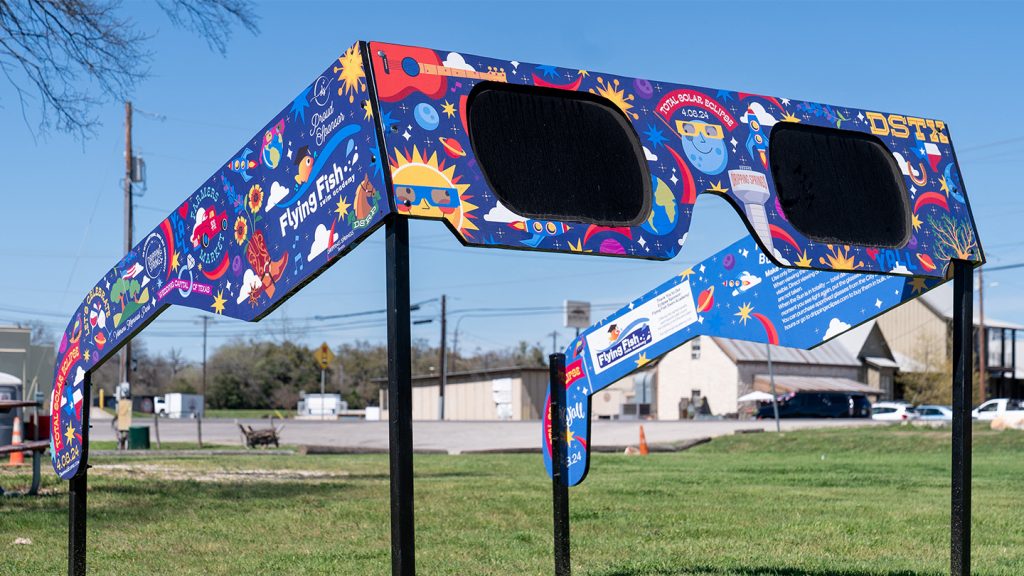On April 8, a total solar eclipse will occur, blocking the sun from view in North America. The eclipse will last up to 4.5 minutes, providing a unique experience for those in the path of totality. Even those outside the path will be able to witness a partial eclipse, with the duration varying depending on location.
The eclipse will enter North America from the west coast of Mexico and travel across states such as Texas, Arkansas, Indiana, Ohio, and then through Canada before exiting through Newfoundland and Labrador. NASA has provided an interactive map to help viewers track the eclipse’s progress and prepare for viewing, including information on weather at specific locations.
To safely view the eclipse, eclipse glasses are essential. Regular sunglasses will not protect your eyes from the sun, and looking at the sun with naked eyes can cause damage. Due to the risk of counterfeit glasses online, it is recommended to purchase from trusted manufacturers and vendors. If you do not have eclipse glasses, alternatives like using a colander or creating a pinhole camera can be effective.
For those who miss out on eclipse glasses, there will be live streams of the eclipse available, including feeds from the U.S. National Science Foundation and NASA. Viewers may also notice changes in color on Earth and observe solar phenomena like petal-like streams or gas puffs from the sun’s surface during totality.
Photographing the eclipse with a smartphone can be done by adding a solar filter to the lens to capture the partial eclipse. Removing the filter during totality is crucial, and turning off the flash is recommended. Participation in citizen science projects, such as SunSketcher and Eclipse Soundscapes, allows individuals to contribute data for scientific research.
While the next total solar eclipse in North America is not expected for another 20 years, other countries will have totality experiences sooner. Spain, China, Japan, and Australia are among the countries that will witness total solar eclipses in the coming years. Coverage of the upcoming eclipse near Dallas, along with scientific studies, will be provided by astronomy writer Adam Mann.


